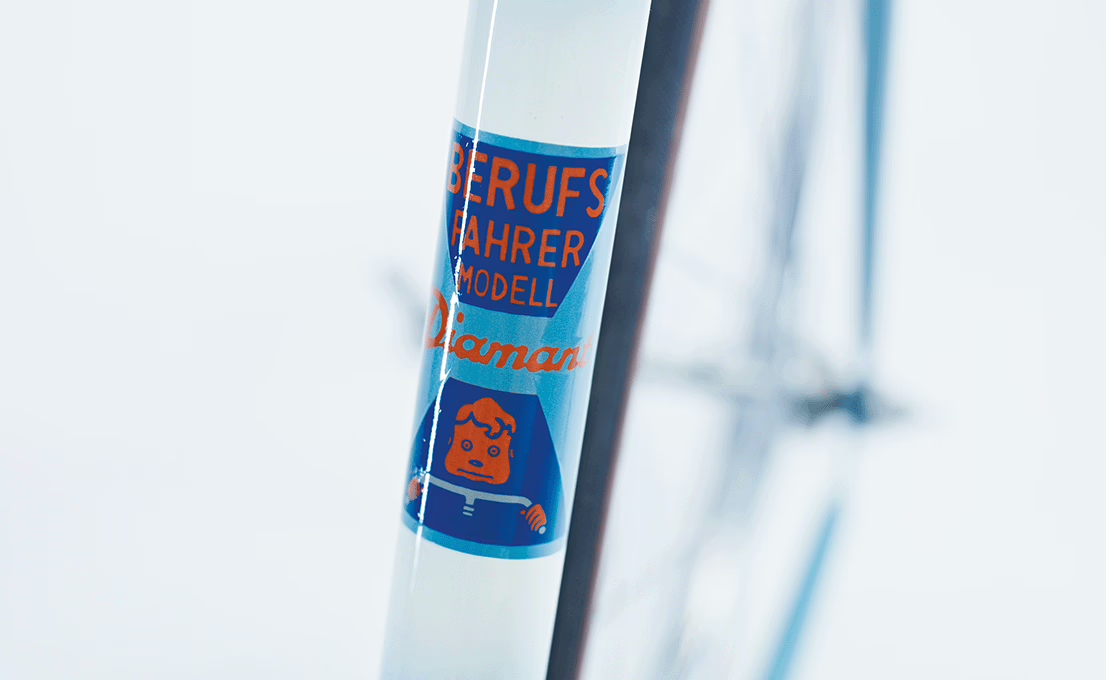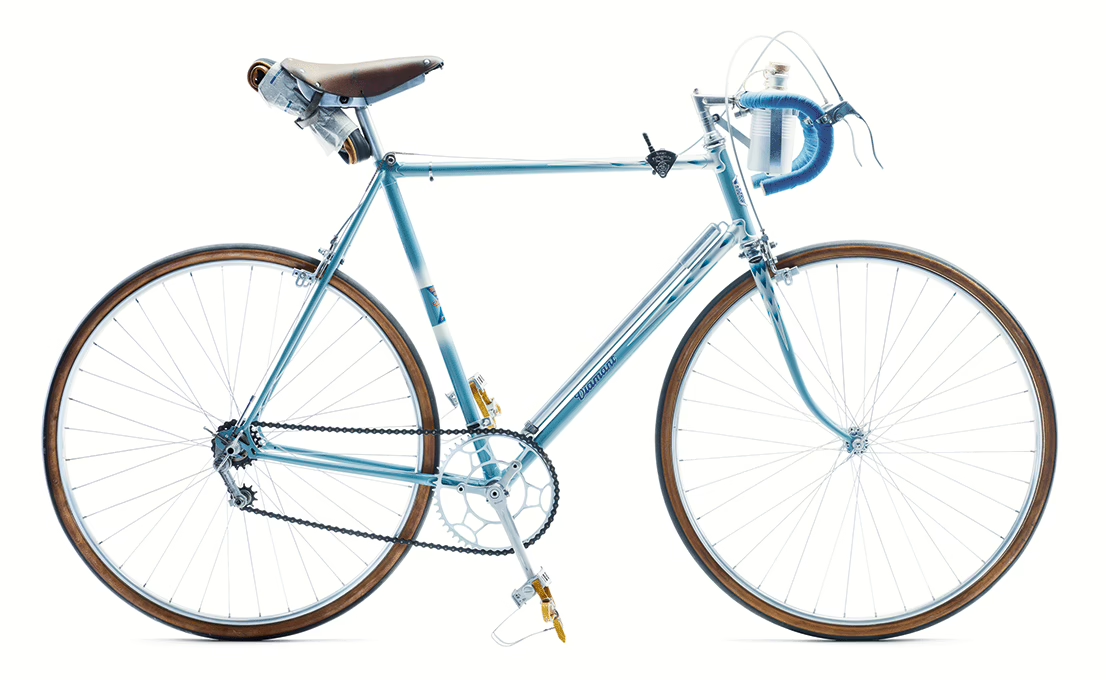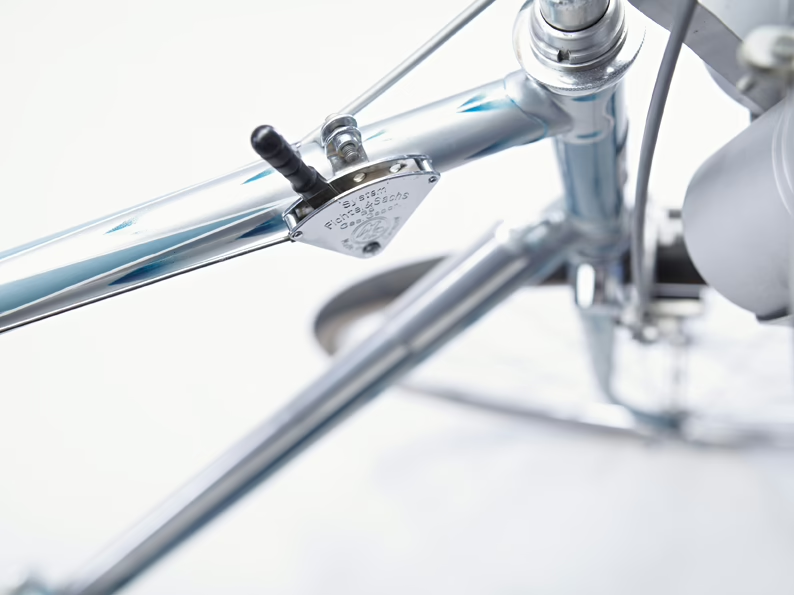
The Diamant road bike 67, also professional rider model
The model 67 is one of the most legendary road bike models in Diamant’s history. This masterpiece was built just before the Olympic Games in Berlin 1936 as a direct development of the model 66. In this blog post, we take a look at its eventful history and explain why the Diamant 67 still fascinate many people today.
Top performance for the olympics: The origins of the Diamant 67
The year 1936 marks the birth of the Diamant 67. In view of the upcoming Olympic Games in Berlin, a successor to the 66 model was being worked on at full speed, as this bike was still clearly too heavy for an outstanding racing machine. The first prototype of the Diamant 67 was presented on March 16.

This innovative road bike presented an exceptionally light frame made of extra thin-walled chrome-molybdenum steel tubes with a wall thickness of just 0.6 mm and filigree, openwork rear dropouts. The seat post and hubs are made of light metal. The rest remained unchanged. With a weight of around 2,650 grams and a frame height of 55 cm, the frame including fork was around 900 grams lighter than the original model 66.

Diamant 66 – professional rider model
In 1932, the Diamant development offices were working feverishly on a completely new racing machine. The result was the model 66, the predecessor of the Diamant 67. It was given the standard designation “professional rider model”, which was expressed by an emblem on the seat tube.
In that era, competitive sport was officially declared an amateur sport and there were no professional athletes in the modern sense. Competitive athletes were formally organized in company sports associations, for example at Diamant and other companies. Although these athletes were officially employed in their professions, for example as assembly line workers, they were released from their regular work for their sporting activities. These athletes were also popularly referred to as professional athletes, especially if they were cyclists.
The model 66 could be purchased at the beginning of 1934 for 143.00 RM.

The Diamant 67 goes into series production
Series production of the Diamant 67 began on May 22, 1936, two months before the Summer Olympics in Berlin. Despite the lightweight frame, the model 67 remained comparatively heavy due to the steel add-on parts that were still used. This situation changed fundamentally in 1937. From this point onwards, the racing bike could be fitted with light metal parts for an additional 20 RM. The components now made of light metal included:
- Handlebars
- Stem
- Pedals with hooks
- Hubs
- Rim brakes
- Lever nuts
- Seat post
- Saddle frame
Now the model 67 was really light and set new standards.

Lighter, faster and more colourful
From the 1930s onwards, a number of developments and changes shaped the German bicycle industry. The use of light metal brings significant advantages in terms of weight savings in the manufacture of various add-on parts. Derailleur gears are used in racing for the first time. The bikes are also visually enhanced with coloured elements and decorative Diamant heads.
The mysterious marking on the frames of the Diamant 67
From April 27, 1938, or frame number 1.046.888, the extremely thin-walled 0.6 mm tubes were replaced by thicker 0.8 mm tubes. This decision was probably prompted by frame damage caused by the thin tubes.
The Production of the Diamant 67 continued until November 1942. Around 14,000 bikes were produced. A special feature were some frames that were marked with an “R” on the head tube between December 12, 1938, and August 8, 1940. The meaning of this “R” remains unclear, but 652 frames bore this marking.

After the Second World War, around 700 models of the Diamant 67 were produced until April 1954. All of these bikes had a frame number that can actually be assigned to March 7, 1944. However, these numbers had already been assigned to other models in 1944. We can still only speculate about the reason for this numbering.
Conclusion: The Diamant 67 was a prototype for Diamant racing bikes, which were also to be successful in the following decades. The continuous improvements, starting with the adjustment of the tube thickness and the introduction of light metal parts, reflect the spirit of innovation and technical development. This icon of racing bike history not only left its mark on its time, but also laid the foundations for subsequent generations.